Filter by

Howard Hiatt :an extraordinary mentor who transformed health with science and…
Includes index.The seven-decade career of Howard Hiatt, a pioneer in public health, advocate for global health and health equity, a mentor to generations of healthcare leaders. Howard Hiatt--physician, scientist, advocate for global health, and mentor to generations of healthcare leaders--has spent much of his seven-decade career being ahead of his time. His innovative ideas as head of Harvard'…
- Edition
- -
- ISBN/ISSN
- 9780262349338
- Collation
- 1 online resource (pages)
- Series Title
- -
- Call Number
- -

Plagues and the paradox of progress :why the world is getting healthier in wo…
"A Council on Foreign Relations book."Why the news about the global decline of infectious diseases is not all good. Plagues and parasites have played a central role in world affairs, shaping the evolution of the modern state, the growth of cities, and the disparate fortunes of national economies. This book tells that story, but it is not about the resurgence of pestilence. It is the story of it…
- Edition
- -
- ISBN/ISSN
- 9780262348072
- Collation
- 1 online resource (259 pages) :illustrations, maps
- Series Title
- -
- Call Number
- -

Health and medicine on display :international expositions in the United State…
This work offers a book-length examination of how international expositions, through their exhibits and infrastructures, sought to demonstrate innovations in applied health and medical practice.OCLC-licensed vendor bibliographic record.
- Edition
- -
- ISBN/ISSN
- 9780262258630
- Collation
- 1 online resource (xi, 326 pages) :illustrations
- Series Title
- -
- Call Number
- -

Life support :the environment and human health
A solutions-oriented examination of the connections between environmental degradation and human health.Life Support brings together the best medical information available on the implications for human health of the global environmental crisis. Written by prominent physicians and public health experts who see environmental degradation as a serious threat to public health, it provides essential i…
- Edition
- -
- ISBN/ISSN
- 9780262279338
- Collation
- 1 online resource (xiii, 312 pages) :illustrations
- Series Title
- -
- Call Number
- -
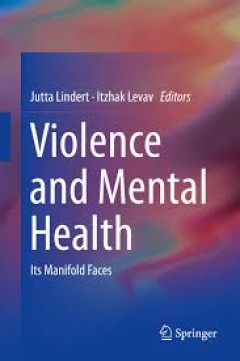
Violence and Mental Health Its Manifold Faces
Violence is one of the most important challenges, not only for public health systems, but also for public mental health. Violence can have immediate as well as long-term and even transgenerational effects on the mental health of its victims. This book provides a comprehensive and wide-ranging assessment of the mental health legacy left by violence. It addresses the issues as they affect states,…
- Edition
- -
- ISBN/ISSN
- 978-94-017-8999-8
- Collation
- -
- Series Title
- -
- Call Number
- -
Emerging Techniques in Applied Demography
By bringing together top-notch demographers, sociologists, economists, statisticians and public health specialists from Asia, Africa, Europe, and North America to examine a wide variety of public and private issues in applied demography, this book spans a wide range of topics. It evaluates population estimates and projections against actual census counts and suggests further improvement of esti…
- Edition
- 1
- ISBN/ISSN
- 978-94-017-8990-5
- Collation
- 36 b/w illustrations, 54 illustrations in colour
- Series Title
- -
- Call Number
- -
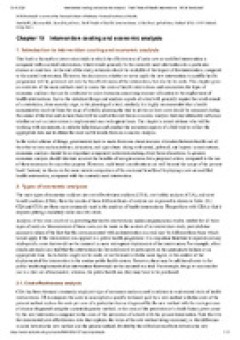
Chapter 19 Intervention costing and economic analysis
Before new interventions can be used in disease control programmes, it is essential that they are carefully evaluated in “field trialsâ€, which may be complex and expensive undertakings. Descriptions of the detailed procedures and methods used in trials that have been conducted in the past have generally not been published. As a consequence, those planning such trials have few guidel…
- Edition
- -
- ISBN/ISSN
- -
- Collation
- Pages 480
- Series Title
- -
- Call Number
- 614 ARO c
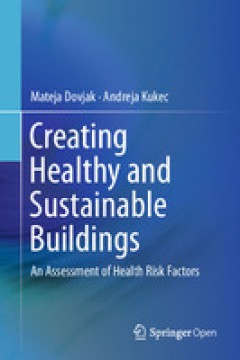
Creating Healthy and Sustainable Buildings: An Assessment of Health Risk Factors
The open access book discusses human health and wellbeing within the context of built environments. It provides a comprehensive overview of relevant sources of literature and user complaints that clearly demonstrate the consequences of lack of attention to health in current building design and planning. Current designing of energy-efficient buildings is mainly focused on looking at energy probl…
- Edition
- -
- ISBN/ISSN
- -
- Collation
- -
- Series Title
- -
- Call Number
- -
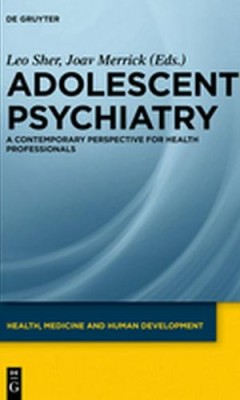
Adolescent Psychiatry : A Contemporary Perspective for Health Professionals
Psychiatric disorders in adolescents are an important social problem relevant to almost all healthcare professionals. The prevalence of mood, anxiety, substance use and other psychiatric disorders among adolescents is high. However, medical professionals are not sufficiently trained about adolescent psychiatric disorders. Primary care providers correctly identify less than a fourth of youth wit…
- Edition
- -
- ISBN/ISSN
- 9783110316568
- Collation
- 244 halaman
- Series Title
- -
- Call Number
- 613 ADO
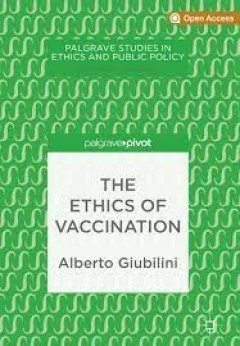
The Ethics of Vaccination
This open access book discusses individual, collective, and institutional responsibilities with regard to vaccination from the perspective of philosophy and public health ethics. It addresses the issue of what it means for a collective to be morally responsible for the realisation of herd immunity and what the implications of collective responsibility are for individual and institutional respon…
- Edition
- -
- ISBN/ISSN
- 9783030020682
- Collation
- -
- Series Title
- -
- Call Number
- -
 Computer Science, Information & General Works
Computer Science, Information & General Works  Philosophy & Psychology
Philosophy & Psychology  Religion
Religion  Social Sciences
Social Sciences  Language
Language  Pure Science
Pure Science  Applied Sciences
Applied Sciences  Art & Recreation
Art & Recreation  Literature
Literature  History & Geography
History & Geography